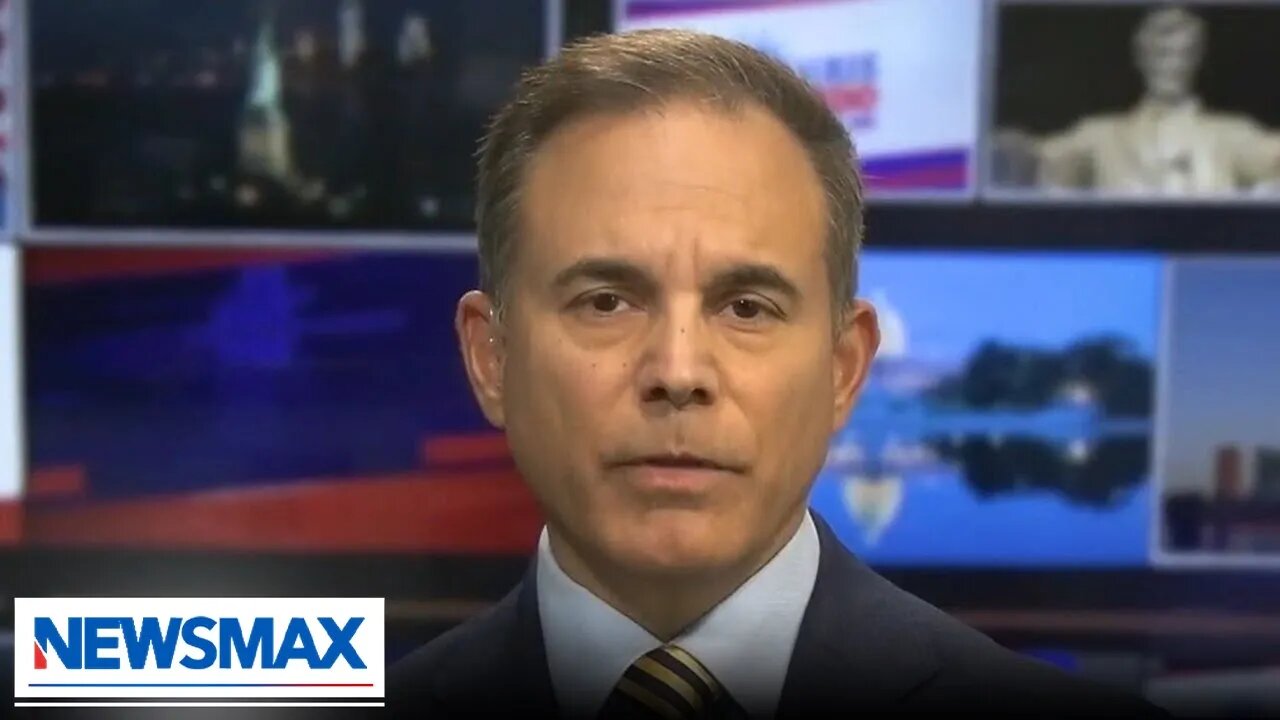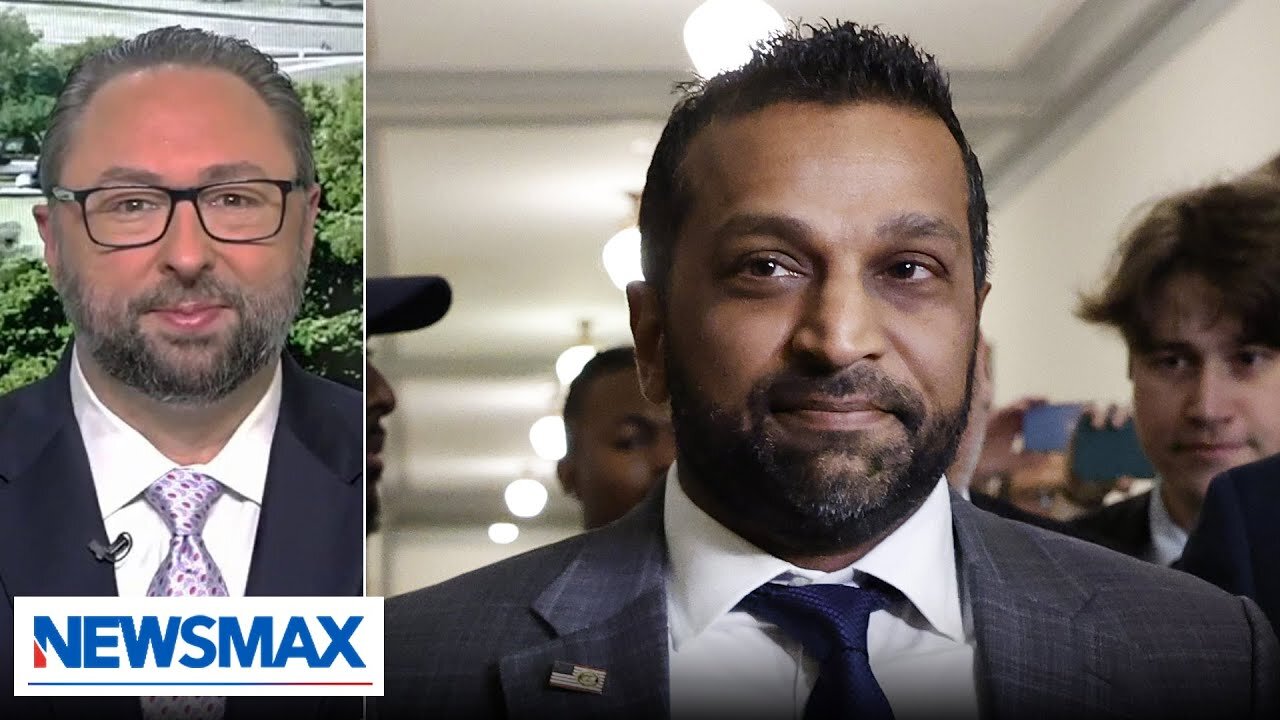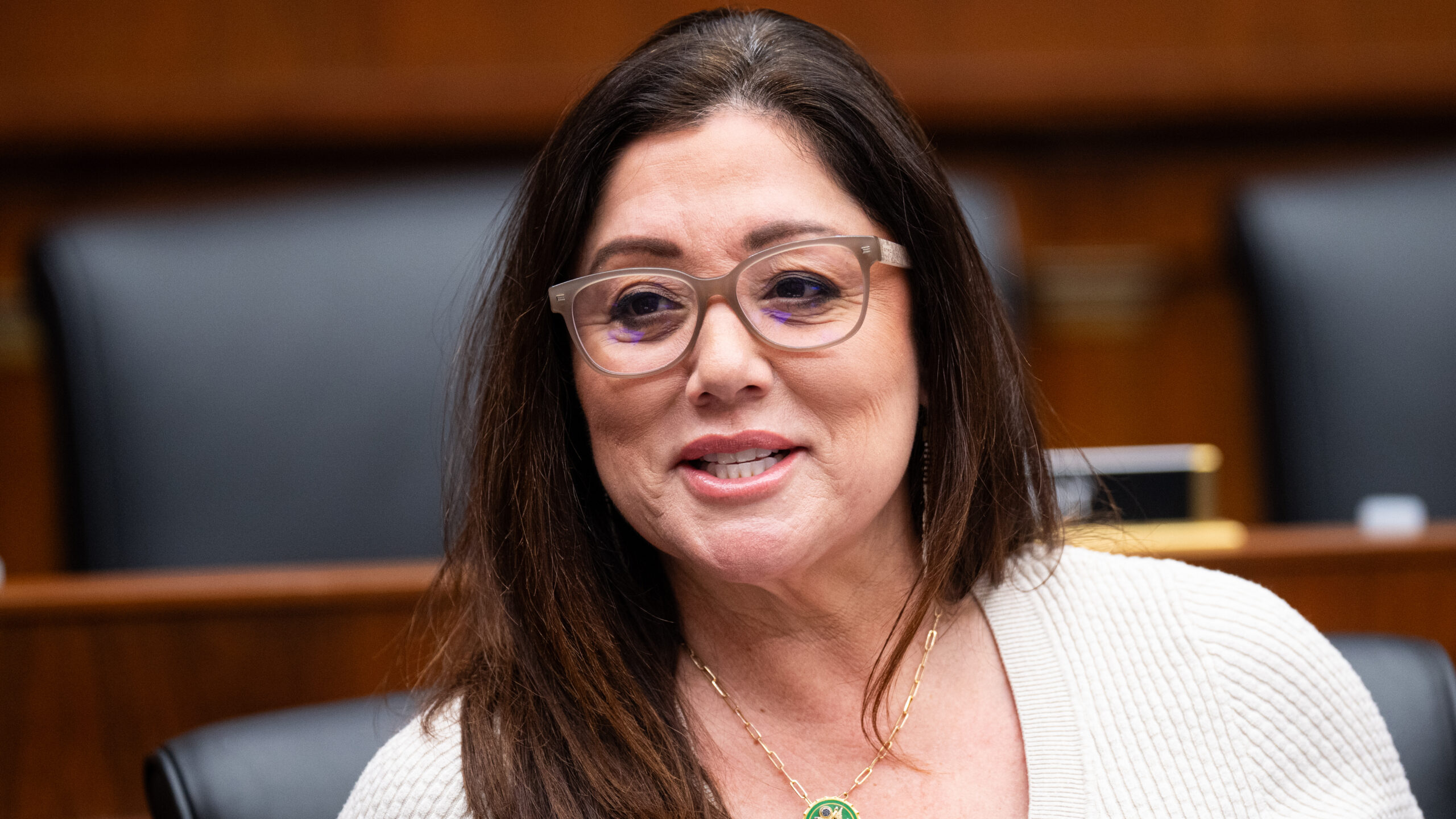Abolishing the Department of Education is not the answer


In the aftermath of Donald Trump’s election victory, many education reformers are saying that now is the time to eliminate the U.S. Department of Education. Elon Musk and Vivek Ramaswamy, the presumptive leaders of the new Department of Government Efficiency, have been strongly hinting that eradicating the DOE outright is a real possibility.
That’s an attractive goal — the DOE wastes a great deal of money and does a great deal of damage to American students. But eliminating it outright will be difficult. Education reformers need 60 votes in the Senate to abolish the Department of Education. Using budget reconciliation might allow that requirement to be sidestepped, but it’s doubtful that Congress will go along with that tactic. Additionally, the Trump voting coalition isn’t just made up of small-government conservatives — it includes voters who don’t mind big government so long as it isn’t woke.
The way to achieve swift and substantial education reform is thoughtful, detailed work to simplify and reduce the Education Department.
Also, “abolishing the Education Department” can mean less than meets the eye. Every single office and program can be transferred over to the Department of Health and Human Services — uncut, unreformed, and unchanged. Putative reformers could declare a hollow victory while supporters of the radical education establishment would then happily perform their outrage dance, secure in the knowledge that nothing really has changed.
To get real reform, we reformers should instead perform radical surgery on the DOE. We should eliminate spending on dozens of useless or counterproductive small programs — and preserve in as simple a form as possible the big-ticket items that command massive popular support, including within the Trump coalition. We also should chop the Office for Civil Rights down to size so it can’t use “Dear Colleague letters” and case resolutions to play the enforcing thugs for America’s radical race and sex fanatics. When we’ve done this, we can establish real accountability over the Department of Education’s core functions and then determine whether further reform is necessary.
The DOE mostly spends its money on Title I funds for disadvantaged K-12 students ($18 billion a year); special education funds for physically and mentally handicapped students ($14 billion a year); Pell Grants for disadvantaged postsecondary students ($29 billion a year); and direct student loans to postsecondary students ($106 billion a year). The Department of Education should say explicitly that it will preserve these four core functions — although with a gimlet eye toward eliminating waste, fraud, bureaucratic bloat, and grifters who cry poverty or handicap to grab a slice of federal money.
These four core functions also should be radically simplified.
- The four formula grants for Title I funds should be amalgamated into one formula grant, as close as possible in form either to a no-strings block grant to the states or portable aid given to individual families.
- The Rehabilitation Services Administration ($4.4 billion a year, which is nearly a third of the special education budget) should be moved to HHS. Congress should revise the Individuals with Disabilities in Education Act so it doesn’t impose on states or school districts unfunded, undefined mandates for special education spending.
- Every remaining college grant program should be amalgamated into Pell Grants; special programs such as college aid for veterans should be relocated to the Department of Veterans Affairs.
- All college loan programs should be merged into the Federal Direct Student Loan Program. Ironclad congressional statutes should be passed to make it impossible for a future administration to repeat the Biden administration’s illegal “loan forgiveness.”
In addition, the OCR should be reduced from 633 employees to no more than 175, so that their ratio to the population they serve is at most in proportion to that of the Justice Department’s Civil Rights Division. The OCR then should be incorporated into Justice and its enforcement powers constrained to litigation, with no ability to issue “Dear Colleague letters” or conduct case resolutions.
For now, the Department of Education should keep a few programs, such as those that support charter schools, gifted education, English language acquisition, historically black colleges and universities (for which the U.S. has historical commitments that can be honored by institutional support without resorting to discrimination among citizens), and state assessments. These are good goals, and though these aren’t core functions, the DOE could be reformed to support them properly.
Everything else should go at once — the discretionary grant programs, the race discrimination programs that seek “equity,” the miniature welfare states disguised as education programs, the political propaganda camouflaged as “social and emotional learning” and “mental health.” Some of these programs should be relocated to better homes, such as the State Department (international education; money for Pacific Island nations); the Interior Department (Indian education); the Defense Department (foreign language programs); the Justice Department (prison education); the Labor Department (vocational education); or the National Endowment for the Arts (arts education). Every office or program that discriminates among American citizens, such as the Hispanic-Serving Institutions Division, should be eliminated immediately.
The OCR also should formally rescind every legal reinterpretation that:
- justifies quotas;
- uses disparate impact theory;
- redefines sex to include gender, gender identity, or gender expression;
- redefines sex discrimination to include sexual harassment and sexual violence;
- and abridges due process and First Amendment rights within educational institutions.
The OCR also should rescind every policy, requirement, document, case resolution, and investigation that draws upon these legal reinterpretations and state as an explicit principle that the Department of Education requires every educational institution that receives federal money to champion due process and the First Amendment — period. Oh, and any education institution that tolerates or facilitates Jew-hating intimidation by campus mobs will get its money cut off at once.
When the Department of Education has been reduced to four key functions and is largely shorn of all discretionary grant programs, policymakers and the public can then begin to demand true accountability regarding its remaining functions. They can achieve that by:
- creating efficiency measures in every office, which gage how well the ED’s own bureaucrats perform;
- creating return-on-investment measures for every DOE program, which estimate how much educational improvement the taxpayer gets;
- and eliminating fake accountability measures such as: 1) money disbursed without measuring whether it was worthwhile; 2) student achievement scores without investigating their connection to federal dollars spent; 3) numbers of teachers trained without any sense of whether it helps student achievement; or 4) “qualitative” measures of success that are just an academic way of saying, “My gut tells me this was a pretty good way to spend your money.”
If all these reforms are carried out, education reformers will be in a better position to make a simple and clear case to the public that the remaining core functions of the Department of Education should be relocated, reformed, or ended. Or they may decide that a slimmed-down DOE does, in fact, serve the public good. In either case, the practicable way to achieve swift and substantial education reform is thoughtful, detailed work to simplify and reduce the DOE. Do that first, and then consider whether it should be eliminated.Editor’s note: A version of this article appeared originally at the American Mind.
Originally Published at Daily Wire, Daily Signal, or The Blaze
What's Your Reaction?
 Like
0
Like
0
 Dislike
0
Dislike
0
 Love
0
Love
0
 Funny
0
Funny
0
 Angry
0
Angry
0
 Sad
0
Sad
0
 Wow
0
Wow
0






































































